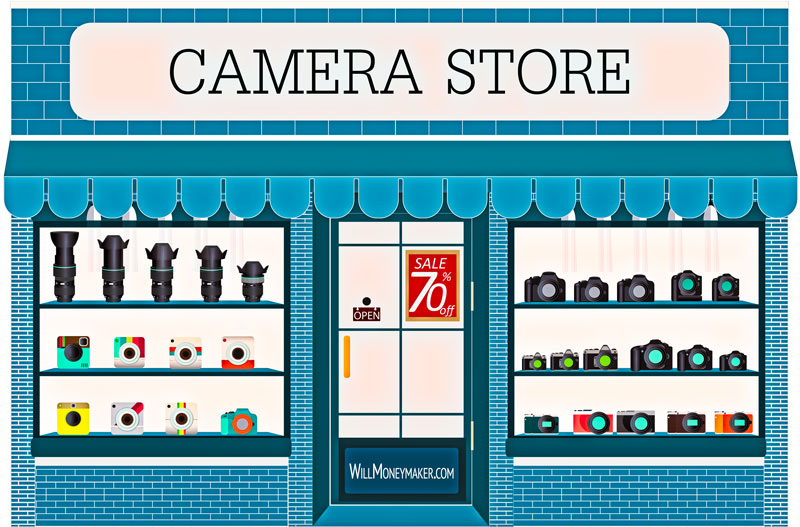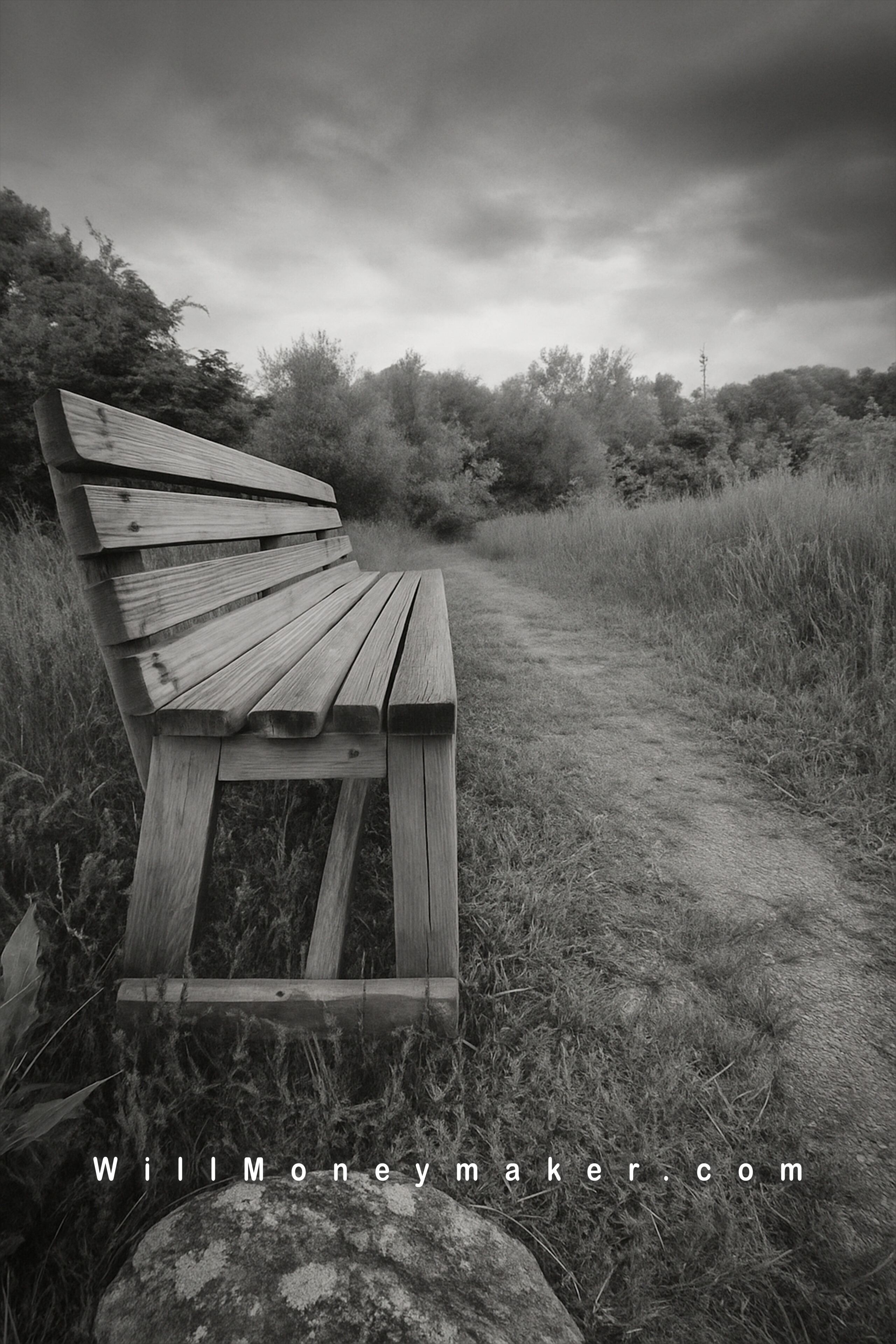There are so many cameras out there nowadays, and in all budgets, too. Used, new, entry-level, prosumer, professional and everything in between. And in a perfect world, every camera would have it all. Every camera would be small, easy to carry and yet easy to hold. They’d have perfect sensors that are capable of producing billboard-sized images in one exposure. They’d offer image stabilization and they’d all have articulating LCD screens. In short, they’d all have all the bells and whistles that you could possibly wish for.
And they’d be cheap! You wouldn’t have to spend hundreds or thousands of dollars to get that camera body that does absolutely everything you could ever want.
But, unfortunately for us, that’s not how the world of cameras works. Every camera body on the market, new or used, comes with its own set of advantages and disadvantages. No one camera body will be absolutely ideal for you. Maybe the one you’re looking at has every feature you want and need — except for the articulating LCD screen or some other all-important feature. Maybe the camera body you want has every single feature on your list of priorities but the cost is well outside your budget. That’s the way it goes — nothing is ever perfect.
This means two things. First, you’ll need to prioritize. Write down a list of all your considerations. Include your budget for a new camera, the features you need plus the extras you want. Make sure to think about your current gear. Is it important that you can use the lenses and equipment you already own or are you willing to buy into a new system? And, with that, think about the future. It may be worthwhile to wait and to save for a system that is a bit outside your current budget if it is a camera system that you think you’ll stick with for the next decade or two.
Once you have this list, order the items by priority. Everything on your list should go in order from most important to least important. Once you have that list, then you’ll need to start on the second phase of choosing a camera body, which is to begin making tradeoffs.
Budget is likely to be your top priority because let’s face it — none of us are as rich as we’d like to be! Maybe you’ve got $5,000 to spend on a camera body and if so, that’s wonderful. You’ll end up making fewer tradeoffs than someone with only $500 or $1,000 to spend on a camera body. But what if you only have $100 or $200 to spend on a camera? Well, that’s fine, too! You’ll still be able to make a purchase that creates beautiful images — but you’ll need to make a lot more tradeoffs and you’ll need to prepare for what the future holds with your new, inexpensive camera body.
For instance, if you do buy that $200 used camera, you’ll almost certainly end up doing more post-processing than someone who buys the $5000 camera. You’ll need to be prepared to do more noise removal. You’ll likely end up relying more on HDR to increase the dynamic range of your images. If you want to make larger images, you’ll need to learn how to stitch several smaller exposures together to preserve the sharpness of the details. The list goes on. For every feature on your list that you skip, you’ll need to find another way to compensate.
Now that we’ve talked about the necessity of making tradeoffs, let’s talk about a few factors that you’ll be considering as you shop for a new DSLR — and some of the tradeoffs you’ll need to make if you opt to skip some of these features.
The Image Sensor
Sensor size directly effects image quality. If you’re thinking about a micro 4/3 DSLR, for instance, be prepared to produce noisier images than you might with a full frame camera. Similarly, older, less technologically advanced sensors will produce a lesser quality result, which means you’ll need to do more post-processing. However, there are advantages. Older cameras will be less expensive and micro 4/3 cameras are generally compact and lightweight, so if these factors are important to you, then these are tradeoffs you’ll need to make.
Articulating LCD:
For some of us, an articulating LCD screen isn’t a huge priority. But for those of us with short statures, arthritic knees or bad backs, that moving screen is essential because it allows us to reach higher or lower despite physical limitations.
Image Stabilization:
Image stabilization, whether it is provided in the camera body or in the lens system, is a handy thing to have — but it also adds a lot to the price of the camera and lenses. If you’d rather not pay the extra price, be prepared to take extra measures, like using tripods and monopods more often.
Lens Selection:
Part of buying a new camera is considering all the other things that you’ll need to buy to go with the camera body. Make sure to check out the lenses available for the cameras you are interested in to make sure that these, too, will fit your needs.
Accessories:
The same goes for accessories. Are flashes readily available for the camera that you want? Or is this not important because you will rarely use off-camera flash? What about remote triggers, viewfinder eyepieces and magnifiers, camera grips and all the other extras?
Settings:
Before you buy, make sure that your new camera will have all the settings that you need. Not all DSLRs offer the bulb shutter speed, for instance, but this might be a setting that is essential for long exposures you want to make. The same goes for ISO settings, available shooting modes and so on. Look for camera bodies that have all the settings you need or think about ways to work around them.
General Ease of Use:
Ease of use means different things to different people. Some of us prefer smaller camera bodies because they’re easier to carry around. Others like large camera bodies because buttons and dials tend to be larger and spaced farther apart. Some cameras may have buttons positioned in places where you’ll accidentally press them, providing you with a never-ending source of annoyance. As with settings, pay attention to the way the camera feels in your hands and choose accordingly.
When it comes to choosing the right camera and system for your needs, consider not only the features that you need but the scale of the tradeoffs you might need to make. If some of those tradeoffs seem too burdensome, then you may want to save a bit or spend some more time shopping around to find a camera that is a better fit for you.
![]()





